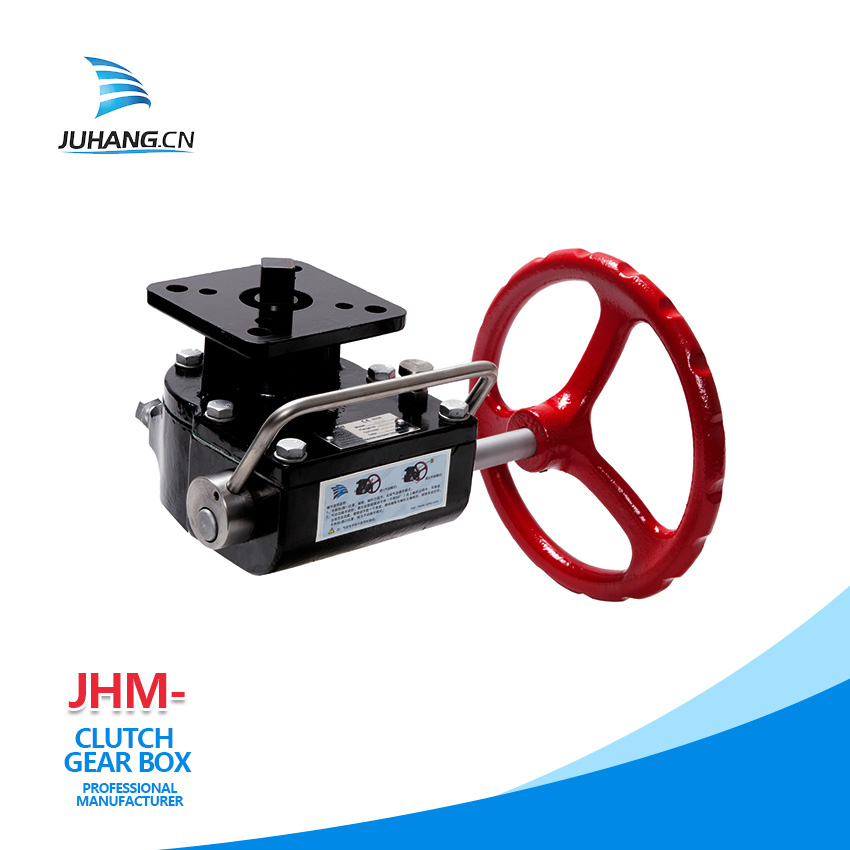The Human Touch: Exploring Industries Where Manual Actuators Take Center Stage
2023-11-13
Introduction:
In the dynamic landscape of industrial automation, where precision and efficiency are paramount, there exists a class of actuators that relies on the timeless force of human effort – manual actuators. These simple yet powerful devices find their niche in various industries where the human touch is indispensable. In this blog, we'll explore the diverse applications and industries where manual actuators play a crucial role.
1. Aerospace Industry:
In the aerospace sector, manual actuators are commonly used for tasks that require precise adjustments, such as controlling movable surfaces on aircraft, adjusting landing gear components, or fine-tuning instrumentation.
2. Marine and Shipping:
Manual actuators find applications in the maritime industry for tasks like adjusting valves, controlling steering mechanisms, or operating emergency systems on ships and offshore platforms. Their reliability and simplicity make them valuable in challenging marine environments.
3. Oil and Gas Sector:
In the oil and gas industry, where reliability is paramount, manual actuators are employed for tasks like opening and closing valves, adjusting flow rates, or controlling safety systems. Their mechanical simplicity ensures robust operation in harsh environments.
4. Automotive Manufacturing:
In the automotive sector, manual actuators are utilized for tasks that require human intervention or fine adjustments during the manufacturing process. Examples include adjusting fixtures, aligning components, or controlling manual assembly stations.
5. Pharmaceutical Manufacturing:
In pharmaceutical manufacturing, where precision is critical, manual actuators play a role in adjusting equipment settings, controlling the movement of pharmaceutical components, or operating manual processing stations.
6. Laboratory Equipment:
Manual actuators are integrated into various laboratory instruments and equipment for tasks such as adjusting sample holders, fine-tuning optical components, or controlling manual stages in experimentation setups.
7. Agriculture:
In agricultural machinery, manual actuators are employed for tasks that require human control, such as adjusting the position of equipment, controlling seed dispensers, or managing manual overrides on machinery.
8. Construction and Heavy Equipment:
Manual actuators are utilized in construction and heavy equipment for tasks that demand precision and manual control, such as adjusting the position of components, controlling safety features, or fine-tuning operational settings.
9. Industrial Valves and Controls:
In industrial settings, manual actuators are commonly used for controlling valves, adjusting flow rates, and operating various control systems where human intervention is necessary for specific adjustments.
10. Medical Devices:
Certain medical devices incorporate manual actuators for tasks that require precise adjustments, such as positioning components in imaging equipment, adjusting the height or angle of medical furniture, or controlling manual input in medical procedures.
Conclusion:
The versatility and reliability of manual actuators make them indispensable in a wide range of industries where the human touch is irreplaceable. From aerospace and manufacturing to healthcare and agriculture, manual actuators continue to play a pivotal role in ensuring precision, control, and adaptability across diverse applications. As technology advances, the enduring simplicity of manual actuators remains a testament to the symbiotic relationship between human ingenuity and mechanical functionality in the ever-evolving landscape of industrial automation.



